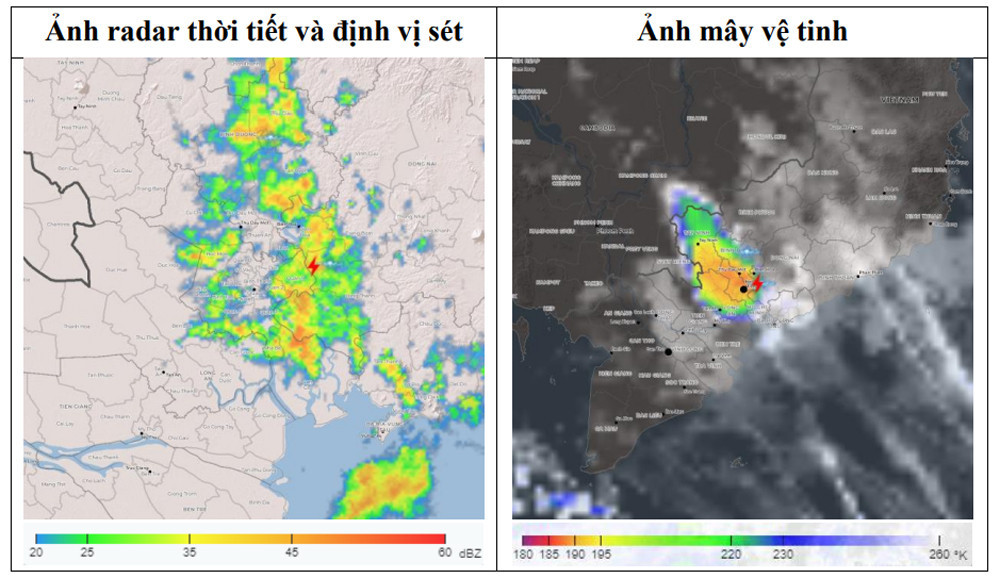
Ho Chi Minh City recorded its most intense February rainstorm in four decades, as a powerful off-season downpour struck from the night of February 12 to the morning of February 13.
According to meteorologists, the total rainfall recorded at Tan Son Hoa station reached 72.5 mm, making it the largest single-day rainfall event for February in 40 years.
Unseasonal rain breaks historical records
Le Dinh Quyet, Head of Forecasting at the Southern Regional Hydrometeorological Center, confirmed that the total February rainfall has now reached 120.7 mm, the highest ever recorded for this month.
“Considering the rainfall amount and the fact that it occurred during the dry season, this storm was highly unusual and unprecedented for Ho Chi Minh City,” Quyet stated.
Historical data from 1985 to the present shows only two significant rainfall events around February 12-13 in the past, but this year’s storm was the most extreme.
What caused the record-breaking rain?
Despite the storm’s intensity, Quyet explained that the weather patterns behind it were not abnormal.
The rain was triggered by a combination of three major weather systems:
A low-pressure trough over the southern East Sea, interacting with a tropical depression.
Moisture-rich airflows from the ocean, pushed inland by southeasterly winds at low altitudes.
A high-altitude subtropical ridge extending across central Vietnam, creating additional instability.
“The convergence of these factors supplied significant moisture, leading to the heavy rains seen across Ho Chi Minh City and the southeastern region,” Quyet explained.
Meanwhile, a continental high-pressure system (cold air mass) remained stable before shifting eastward and weakening, further contributing to the weather disturbance.
Unprecedented rainfall levels across southern Vietnam
Meteorological data revealed record-breaking rainfall levels at various locations:
Tam Thon Hiep (Ho Chi Minh City): 79.8 mm
Nha Be (Ho Chi Minh City): 124.4 mm
Long Thanh (Dong Nai Province): 126.6 mm (the highest recorded)
“These figures represent the highest-ever 24-hour rainfall totals for February in Ho Chi Minh City and surrounding provinces. Even during peak monsoon season, rainfall of this magnitude is rare,” Quyet noted.
More rain expected in the coming days
Weather forecasts indicate that cloudy and rainy conditions will persist across southern Vietnam:
Eastern provinces may see scattered showers and thunderstorms, with localized heavy rainfall in some areas.
Western provinces may experience light, intermittent showers.
Thunderstorms could bring strong winds and localized tornadoes, prompting officials to warn residents of potential hazards.
Authorities urge continued monitoring of weather conditions, as additional unseasonal showers could develop before the end of February.
Bao Anh